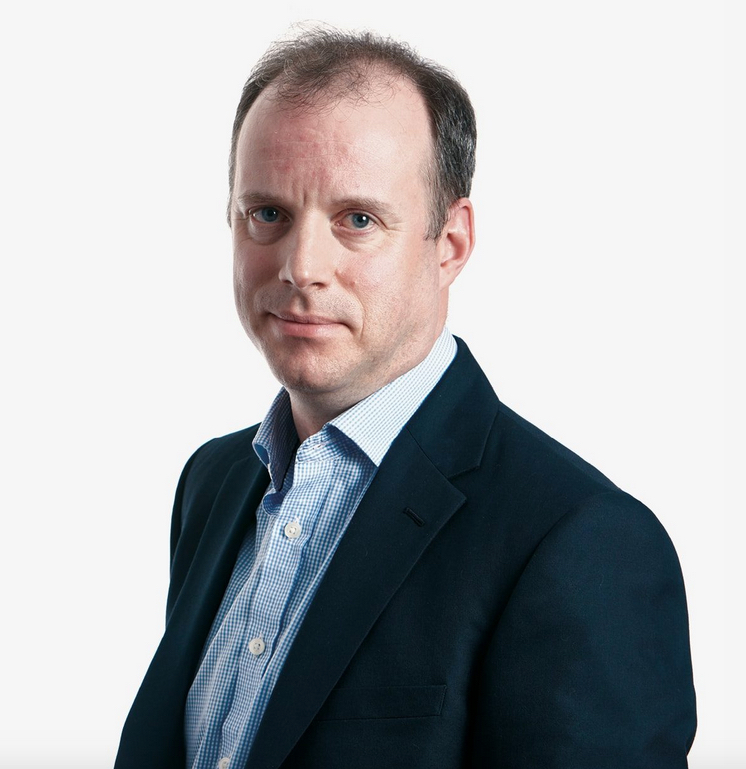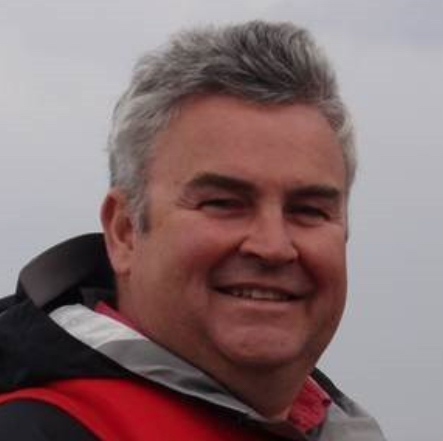Stormy outlook

When it comes to the impact of climate change, the insurance industry is on the front line. In June this year HRH Prince Charles, who has long been a champion of the environment, brought representatives of the sector together for the launch of the Sustainable Market Initiative Insurance Taskforce.
The Taskforce involves the heads of 17 firms, who have pledged to support the transition to a less carbon-intensive economy by expanding insurance coverage for climate-friendly projects and partnering with governments to provide better cover against climate-related disasters, which many believe are likely to occur with greater frequency as the planet heats up.
And as the world’s leaders prepare to gather in Glasgow in November for the COP26 climate change summit, Fish Farmer magazine and online content business InterMet have teamed up to present a webinar on Aquaculture – Meeting the Threats of Extreme Weather & Climate Change.
The free webinar will take place live on Wednesday 19 August at 4pm UK time (5pm CET) and a recording will also be available to view later. The panellists will be presenting their perspectives on climate change and taking questions from the moderator, Robert Outram and from the aquaculture sector.
Meanwhile, for those insurers specialising in cover for aquaculture, climate-related risks also loom large. Duncan Perrin is Aquaculture Manager with Sunderland Marine, a specialist firm covering aquaculture as well as fishing and coastal vessels, which has been part of the North Group since 2014. His particular focus is insurance against stock mortality.
He says: “Agricultural reinsurance in general has been hard hit in the past few years. We have seen wildfires in California, Australia, and South Africa, and hailstorms in US Midwest. Meanwhile the UK experienced unusual weather this spring, with the lowest average April temperatures recorded. If there’s an unusual weather event, someone somewhere is paying for it!”
Perrin adds: “For aquaculture, what we are seeing more of is algal blooms and storms. These have always happened but now they seem to be more intense. Storm Gloria was an unprecedented weather event [in January 2020]. People lost their lives and there was huge disruption along the coast of Spain. These events are increasing in frequency and severity.”
Also specialising in this sector is GAIC, the Global Aquaculture Insurance Consortium. GAIC was set up in 2009 to insure fish and shellfish farms for stock mortality exposures that are difficult to place in the local market in most countries. The facility is administered by Lloyd’s insurance and reinsurance broker Alwen Hough Johnson Ltd, with capacity provided by certain syndicates at Lloyd’s of London.
Neil Hopkins is an underwriter with GAIC and, having originally trained as a fisheries biologist, has been an aquaculture insurance specialist throughout his 37-year career. He agrees that climate-related events have led to some big claims in recent years. As he puts it: “Insurers are feeling the pain.”
Hopkins notes that some risks in aquaculture have reduced compared with the past: for example, cage design and moorings are better engineered and there are now vaccines for some of the fish diseases that previously troubled producers.
He adds, however: “Some risks have worsened. Climate change means storms and drought. There is a longer storm season and very severe storms are more frequent. In addition the frequency, severity and geographical distribution of algal blooms is increasing.”
Insurance is known as a cyclical business, and premium rates go up and down depending on how much capacity on the part of insurers is coming into, or leaving, the market. Right now the cycle is “hardening” after a number of “soft” years, so farmers can expect to see their premiums continue to rise – and not necessarily because their own risk profile is significantly different.
Insurers are also having to consider how they will approach changing technology and farming techniques within aquaculture. For example, the move to invest in large offshore salmon farms, in order to escape from the restrictions placed on inshore development and from problems like sea lice, creates new challenges for insurance.
Neil Hopkins comments: “People are pushing the envelope as far as offshore farming is concerned. It is slightly naïve to believe that an offshore farm in an environment with 12 metre waves can be covered by the same insurance as an inshore farm.
“They are larger units too, so all your eggs are in one basket. From the insurer’s perspective, far-offshore mega-farms represent a greater risk.”
- Duncan Perrin
- Neil Hopkins
Sunderland’s Duncan Perrin also points out concerns: “Value-wise, both the large offshore projects and the RAS projects are a scale larger than what we are currently insuring. There is a lot of value in one place.
“Some of the land-based farms being considered and indeed in the construction phase may be the equivalent of upwards of 10 traditional marine farms in one location. These values, and indeed risks, posed by these new sites merit careful consideration by the insurance industry.”
For the move to offshore aquaculture, he draws parallels with the early days of offshore oil and gas and suggests that aquaculture needs to learn the lessons that were hard won by the energy sector.
The large-scale RAS (recirculating aquaculture system) projects in development around the world could pose an even greater headache for insurers when it comes to assessing risk. Sunderland Marine already includes a RAS expert among its risk managers, but in contrast to a typical open net farm at sea, it is clear that every RAS system has its own characteristics.
Perrin says: “There may be a large step between a small pilot project and implementing that technology in something that is 10 times the size. I’m not sure that it is a straight, easily scalable process.
“Insurers and reinsurers have to be comfortable with the risk. These are highly technical, complex systems.”
GAIC’s Hopkins agrees: “They [RAS systems] are not exposed to storms, plankton or disease in the same way as cage farms, but they have a very high reliance on machinery, much of which was developed for much smaller systems than those being built now.
“Ongrowing operations are a new experience – we are not happy to cover a brand new RAS facility until it has been running for at least six months.”
And he points out: “There are not many experienced RAS technicians and even they are learning the features of the new installations as they go.
“If something goes wrong, it goes wrong very quickly and it can affect a lot of fish. In comparison even a bad storm loss is likely to leave some of the cages at a traditional site intact.”
It may be that limited appetite for this kind of risk may either hold back RAS development or land its investors with potentially greater financial exposure than they had hoped.
Technology can also be used to mitigate risk, however. A number of applications are being developed to predict events such as algal blooms and provide an early warning, allowing action to be taken such as oxygenating the water in and around the pens.
One example is US-based technology business Scoot Science, which has developed SeaState, a platform which brings together information from thousands of different data points onto a “dashboard”. This gives farmers a window into what’s happening below the surface of the water historically, in the present moment and in the future, allowing them to quickly quantify predictable risks in the ocean that threaten marine life.
SeaState’s forecasting models are focused on providing an early warning of extreme ocean events. Through increased lead-time farms are able to implement mitigation efforts and dramatically reduce losses. After an event, farms can also use SeaState to perform forensic audits and to identify specific actions that yielded the best results for fish welfare.

Jonathan LaRiviere, CEO Scoot Science
CEO Jonathan LaRiviere says: “Fish farming groups have a high tolerance for unconstrained risk on the water. They’ve done an excellent job monitoring the oceans and yet still consider many ocean risks—like low oxygen waters, large temperature swings, and plankton blooms—unpredictable. We have the tools to constrain those risks and we’re working with farms to increase lead time for extreme ocean events. We’re doing short-term forecasting on the individual farm level and also looking at the longer term trends affecting regional aquaculture.”
All this should also help insurers to assess the risks for fish farms in any given region of the world.
Meanwhile, is there anything a producer can do to help keep premium rises to a minimum? Neil Hopkins has two pieces of advice. First, he says: “Spend time to put together a good presentation of your risks, for your insurers, from mooring diagrams to staff CVs.”
He adds: “Secondly, don’t just focus on price. There is tendency, especially for the large producers, to treat insurance as a commodity. That is completely the wrong approach. You need a bespoke approach because one farmer is very different from another. Your financial position may be very different and that could affect, for example, how much of a deductible you can afford to retain for your own account in order to achieve a premium saving.”
Ultimately, however, farmers need to be aware that intensified environmental risks are almost certainly going to mean that insurance cover is likely to get pricier in the foreseeable future.



